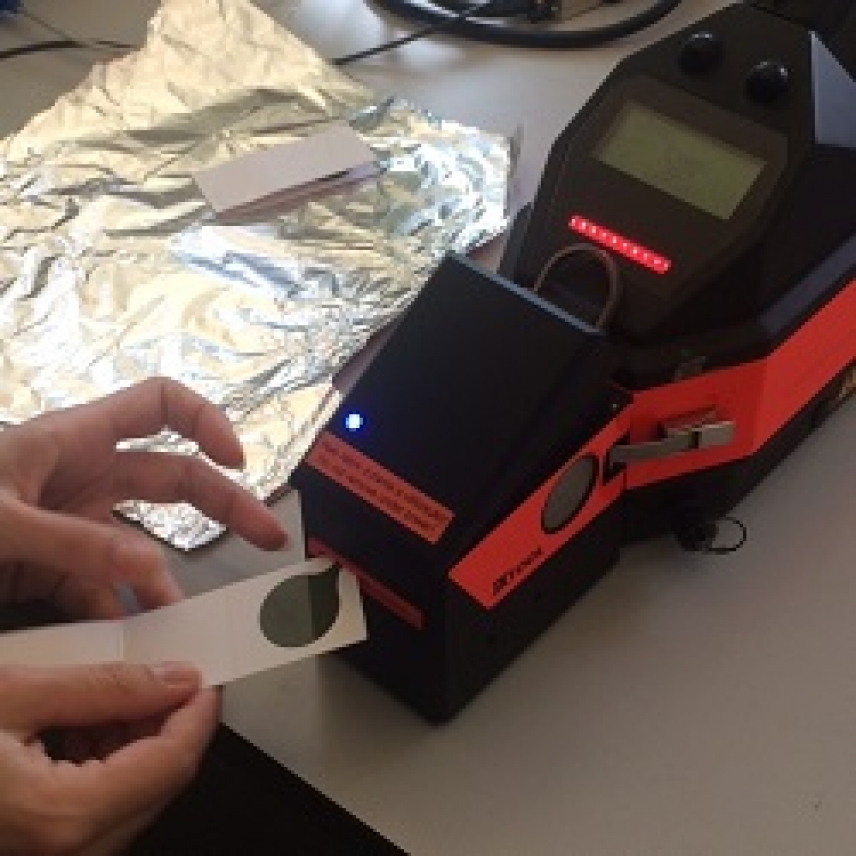
A University of Cordoba research group headed by Analytical Chemistry Professor Lourdes Arce participated in the development of a new methodology using Ion Mobility Spectrometry in collaboration with the University of Barcelona, the Bioengineering Institute of Catalonia and the firm Phytoplant Research, Ltd. The new method has been shown to be effective and uses a simple way to determine the difference between certain cannabinoids and others in a short period of time.
The secret of this new methodology, published in the journal Sensors and Actuators B: Chemical, is rooted in focusing attention on the molecule volatility of hemp, using a chemical sensor known as ion mobility spectrometry, capable of detecting the presence of volatile or semivolatile substances even in very small samples. On one side, the sample about to be analyzed is placed, which could be a plant extract (approximately 100 mgs) or a plate with a fingerprint from a hand that has handled plant waste. The sample is heated to 240 degrees Celsius, which allows for extraction of the volatile compounds, that are separated according to their shape, size and chemical composition. Later on, this is used to classify the kinds of molecules. These chemical compounds travel through a tube at different speeds, depending on the characteristics of their molecules. Once the time needed by the compounds present in the plants to travel the entire distance until arriving at the detector is determined, it is compared to the behavior of chemical patterns of different kinds of cannabinoids and to the concentrations characterized by their different uses.
This research group has designed a methodology to extract compounds from plants and carry out the mathematical treatment of the data that allows for classifying plants in terms of the content in psychoactive substances. According to Lourdes Arce, our final aim is that state law enforcement could use this portable detection system for cases when seizing drugs and for road checkpoints, to be able to quickly discern if the variety of cannabis has psychotropic substances or not.
Contreras, MD; Jurado-Campos, N; Callado, CSC; Arroyo-Manzanares, N; Fernandez, L; Casano, S; Marco, S; Arce, L; Ferreiro-Vera, C. Thermal desorption-ion mobility spectrometry: A rapid sensor for the detection of cannabinoids and discrimination of Cannabis sativa L. chemotypes. SENSORS AND ACTUATORS B-CHEMICAL DOI: 10.1016/j.snb.2018.07.03


